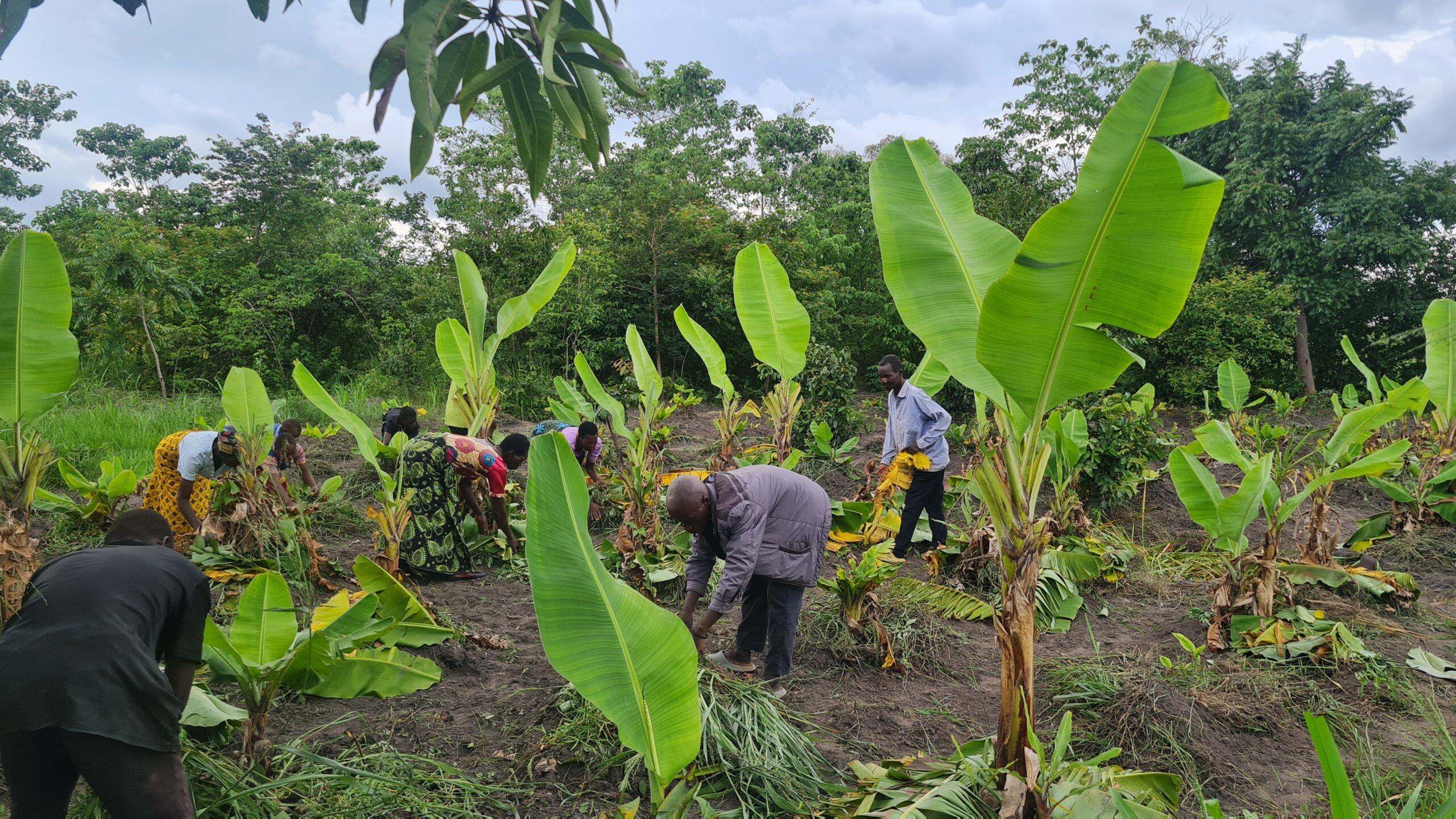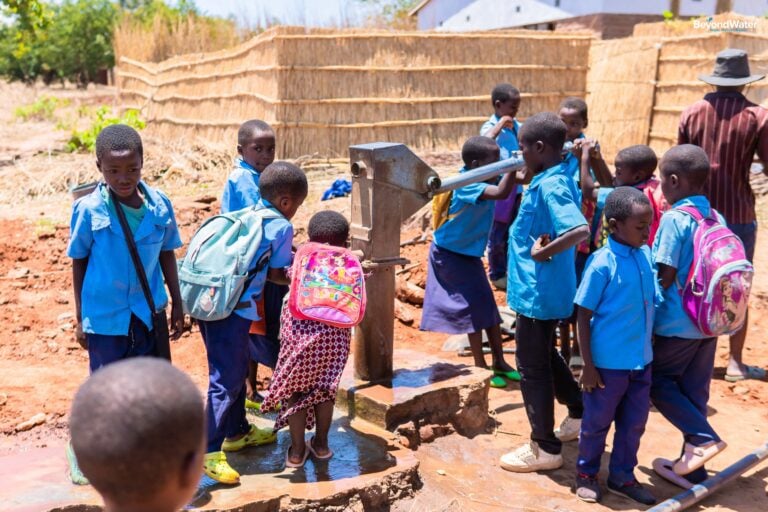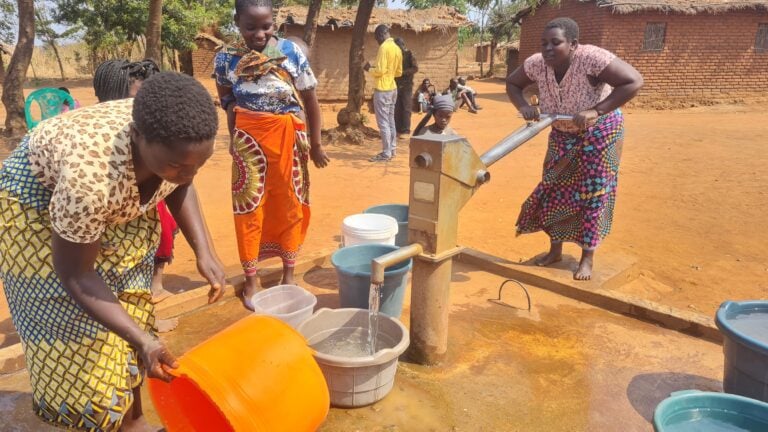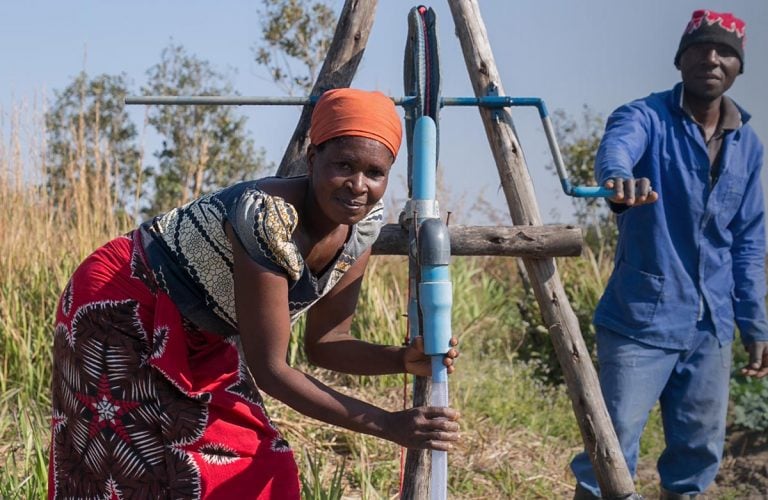From Water to Opportunity: Tackling Poverty in Rural Malawi
The International Day for the Eradication of Poverty (17th October) is an annual observance to raise awareness about the urgent need to eliminate poverty in all its forms. Today, we acknowledge poverty not just as a statistic, but as a daily struggle that undermines health, education, and hope across generations.
What is Poverty
Over 700 million people in the world live in extreme poverty, surviving on less than $1.90 per day. Poverty is most simply defined as the inability to meet basic needs, such as food, water, and shelter, and is most often measured by income. However, it is far more complex than a number.
Poverty intersects with social exclusion, environmental degradation, and limited access to education and healthcare. For example, impoverished communities are more likely to live in climate vulnerable areas, lack clean water, and face employment barriers. These overlapping challenges perpetuate a cycle of poverty that is difficult to break without systemic change.
The Sustainable Development Goals (SDGs) recognize poverty eradication as the foundation for global development. SDG 1 calls for ending poverty in all its forms everywhere, acknowledging that economic growth must be inclusive and sustainable to truly uplift communities.
Poverty in Malawi
Malawi ranks as the fourth poorest country in the world, with over 60% of its population living in extreme poverty. This hardship is felt most acutely in rural areas, where poverty rates and deprivation are significantly higher than in urban centres. The divide is driven by the fact that nearly 80% of Malawians depend on subsistence agriculture, a fragile livelihood that is increasingly threatened by climate change. Erratic rainfall, prolonged droughts, and crop failures have left families vulnerable to hunger and economic instability. According to the World Bank, more than 400,000 Malawians are at risk of falling below the poverty line in 2025 due to worsening food insecurity and economic shocks (Malawi Poverty and Equity Brief, 2025).
Pump Aid and SDG 1
Pump Aid is dedicated to transforming rural Malawians’ lives by addressing one of the most fundamental barriers to development: access to safe water.
Here’s how water access helps alleviate poverty:
- Health: Clean water reduces waterborne diseases, improving health outcomes and reducing medical costs.
- Education: Children, especially girls, are more likely to attend school when they’re not burdened with long walks to collect water.
- Livelihoods: Reliable water access supports agriculture, small businesses, and economic independence.
- Gender equity: Women and girls benefit from reduced time spent collecting water, enabling greater participation in education and income-generating activities.
Our work goes beyond improving safe water access, we empower communities to take control of their own water services, support local entrepreneurs, and build sustainable systems that foster resilience. By integrating water access with entrepreneurship, training, and community ownership, Pump Aid helps break the cycle of poverty and build lasting change.
Support Pump Aid in its efforts to alleviate poverty and contribute to the sustainable development of rural communities in Malawi
